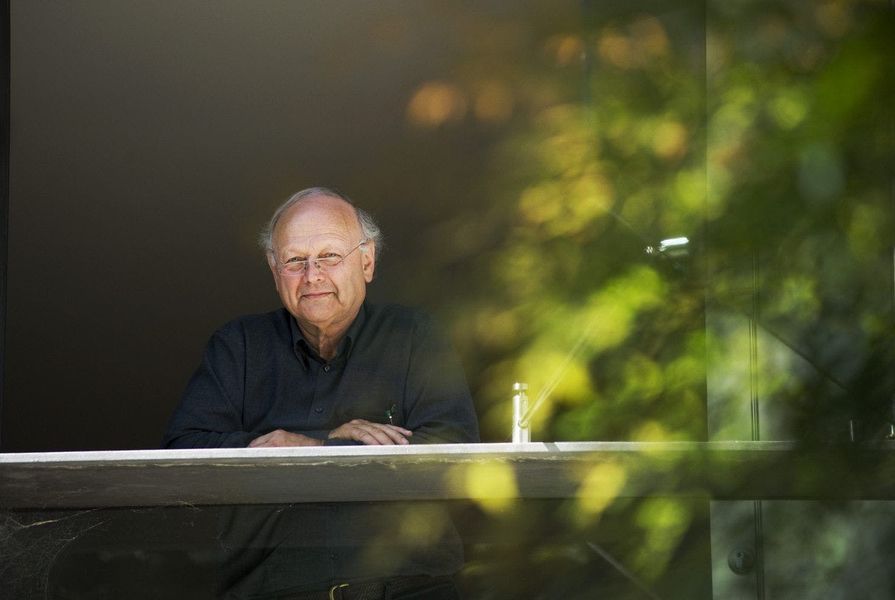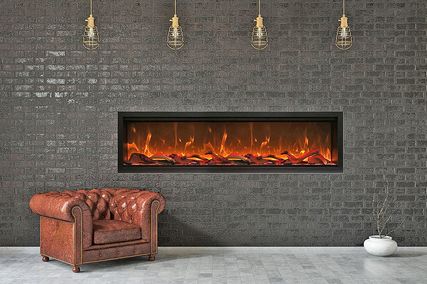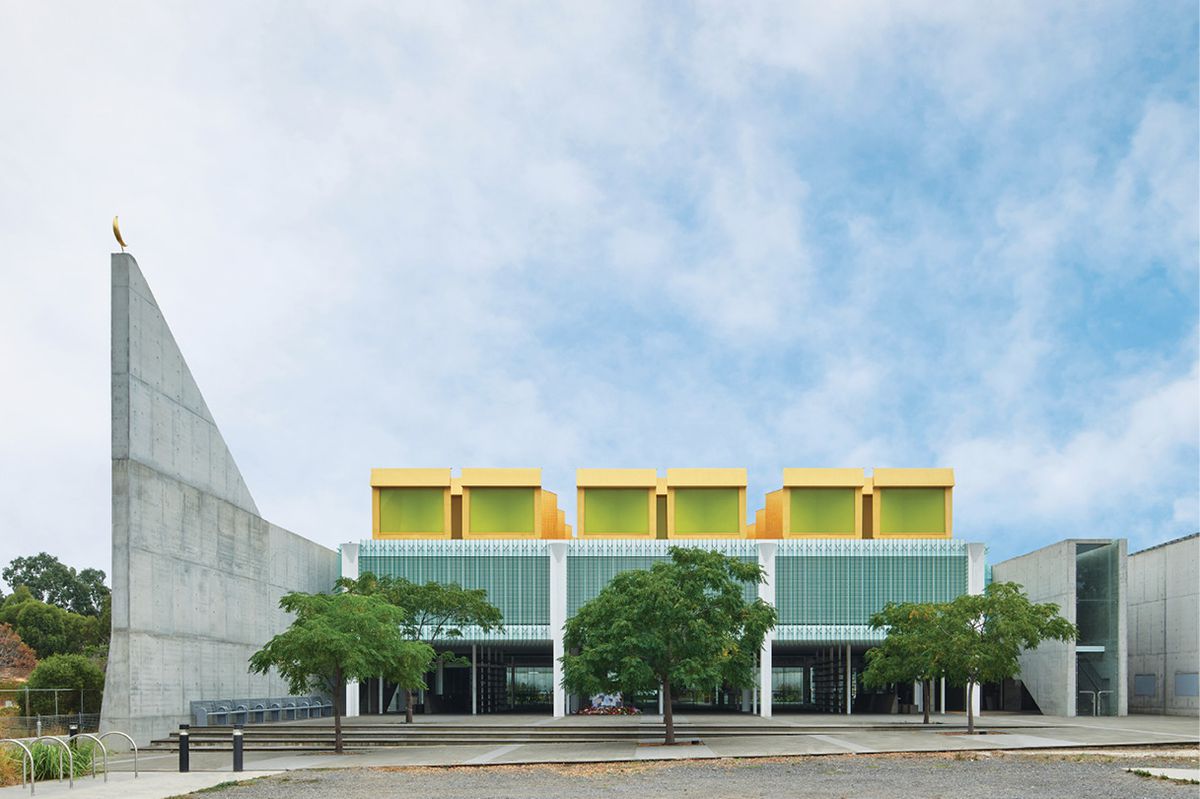Glenn Murcutt has become the first Australian to be named a Praemium Imperiale Laureate of architecture by the Japan Art Association.
The annual global prize recognizes individuals or groups from all over the world “that make outstanding contributions to the development, promotion and progress of the arts,” across five categories of painting, sculpture, architecture, music and theatre/film.
The selection committee described Murcutt as “an architect ahead of his time – an architect who has spent his career creating modest, environmentally responsible buildings rooted in the climate and tradition of his native Australia.”
“[Murcutt’s] architecture has a poetic beauty and lightness, in harmony with nature while at the same time, allowing the rationality of modernist architecture and ecological wisdom to shine through.”
“Murcutt uses simple materials such as local timber, corrugated steel, stone, glass and concrete and advocates an architecture based on a process of observation and discovery – one that utilizes and works with the characteristics of the land, light and materials.”
Marie Short House (1974) by Glenn Murcutt.
Image: Anthony Browell
His citation notes his celebrated works including the Marie Short House (1974), the Arthur and Yvonne Boyd Education Centre (1999), designed with architects, Wendy Lewin and Reginald Lark, and the Australian Islamic Centre (2016), designed in collaboration with Elevli Plus Architects.
In receiving his prize, Murcutt said:
For me architecture is not a creative process. I have always said for every great building, or any building that’s going to be a wonderful building, it is already there, but to be discovered. It is not created, it is discovered.
Discovery is very important to me. Discovery takes out the elitism. Discovery is something we can all do. That is very, very important to me.
I have eschewed the computer for discovery. I think the computer has taken away the rapidity of hand drawing and eye-hand thinking. One can discover so rapidly the alternatives. One doesn’t have to set up a whole set of parameters to arrive at a solution. That has to be consciously done. But with the pencil, you can arrive at a solution and not even know how it came. In other words, you arrive at a solution before the conscious can understand it. It is the subconscious that has led you to that solution, not the conscious.
The landscape is critical to me. I want to minimize the damage to that landscape. It’s very important to work with the landscape, not against it. So you work with things, not against them. You live with my buildings, not in my buildings, because my buildings live within the environment – bringing the light in, the sun, the wind, all those elements are all about environmental issues – that the buildings perform to a very great level by themselves, no air conditioning.
There’s been an Aboriginal expression that was given to me – the Aboriginal people said, we’ve touched the land lightly. Now, touching the land lightly isn’t a question of showing a building sitting lightly on the land, it’s about where the materials come from, it’s about how a building operates in that landscape, it’s about minimizing energy consumption, its about how it can be without all the artificial factors that make it comfortable. Touching the land lightly is not simply an expression that is without complexity.
I think the best of architecture has a presence. That presence embodies a strength and a delicacy and a quietness. I’m not interested in architecture that is loud, that speaks of showing off, I’m interested in architecture that is without novelty. I’m not interested in novelty, I just want it to be excellent.
Murcutt is the 32nd Praemium Imperiale architecture laureate. Past laureates include I.M. Pei, Kenzo Tange, Norman Foster, Rem Koolhaas, Peter Zumthor and Zaha Hadid.
The other 2021 laureates are James Turrell for sculpture, Sebastião Salgado for painting, and Yo Yo Ma for music. No recipient was named for theatre/film as many of the candidates were unable to fulfil the requirements for the award due to the COVID-19 pandemic.




















